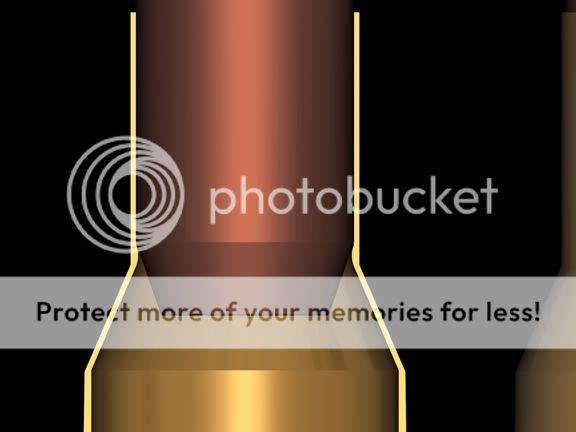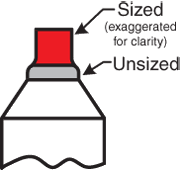rcoody & JE, your concept of donuts are completely wrong. A donut is not any unsized portion of neck as you chose. If it were, bushing neck sizing would always cause a donut, and this is in no way true.
You should take a few minutes to read up on the subject, in a book, or google it, as this is an opportunity for you to learn. And seriously, you need to do so before answering questions about donuts..
Sorry Mikecr, But I have probably been loading and Gunsmithing longer than you have been alive
so I don't need to read up on what a doughnut is. I don't understand why you think you are right and everyone else is wrong. I have been loading for over 50 years and have never caused or seen
a bulge or undersized area of the neck inside, at the neck shoulder junction when a proper die setup
is used.
In some cases the base of the neck may be slightly thicker at the base of the neck than at the mouth, but it is only 1 or 2 thousandths due to manufacturing processes. and if the condition exist, turning the neck is the simple process to true the neck thickness.
And am smart enough to know that if you have the condition that you have described, you could never get concentricity of loaded ammo. And all this talk about how bad bushing dies are is more rubbish and "any" die that is not correctly set will screw up the brass.
In fact, if you have this condition, you don't know how to reload good ammo and it is you that needs to read a few dozen books on proper loading and setting up dies for proper performance and spend less time slamming others that try to answer questions.
My apologies to the membership for responding in this way, but I never call anyone buy name if they don't agree, I just post my opinion so the person can choose or believe what he likes to ,so I don't expect anyone to respond in that manor especially when it is someone that thinks that a doughnut is something that you have with a cup of coffee.
PS; I don't really care what anyone thinks a doughnut is, I do and use them to great advantage when wildcatting cartridges. and I like the ones made to have with coffee also.
J E CUSTOM



